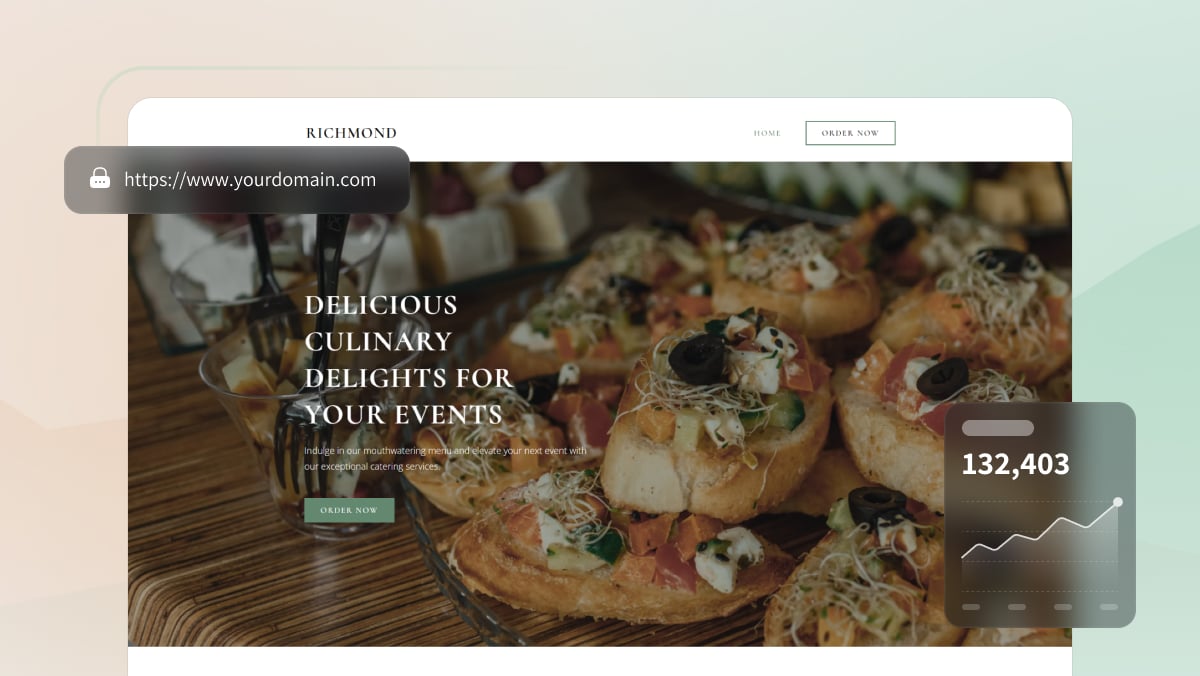Gen Z’s Influence on Web Design: Crafting Digital Spaces for the Next Generation
Introduction
Generation Z (born approximately between 1997 and 2012) is not just a demographic; they are digital natives who have grown up with technology at their fingertips. Their expectations for online experiences are shaping the future of web design. As this generation continues to mature into a significant economic force, understanding their preferences is crucial for businesses aiming to create engaging and effective digital experiences.

Step-by-Step Guide: Designing for Gen Z
1. Prioritize Mobile-First Design
With smartphones being the primary device for Gen Z, ensuring your website is optimized for mobile is non-negotiable. A responsive design that adapts seamlessly across devices enhances user experience and accessibility.
Best Practices:
-
Implement touch-friendly navigation.
-
Ensure fast loading times.
-
Optimize images and content for mobile screens.
2. Embrace Bold and Expressive Aesthetics
Gen Z gravitates towards vibrant colors, dynamic visuals, and interactive elements. Google’s Material 3 Expressive design overhaul, for instance, introduces playful fonts and abstract motifs, reflecting a shift towards more emotive interfaces .
Design Tips:
-
Use contrasting colors and gradients.
-
Incorporate animations and micro-interactions.
-
Experiment with unconventional layouts and typography.
3. Integrate Social Media and Interactive Features
Social media is integral to Gen Z’s online behavior. Incorporating social sharing buttons, live feeds, and interactive elements can enhance engagement.
Implementation Ideas:
-
Include TikTok and Instagram feeds.
-
Allow social media logins for easy access.
-
Feature user-generated content and reviews.
4. Focus on Personalization and Authenticity
Gen Z values personalized experiences that reflect their identities. Tailoring content and design to individual preferences fosters a deeper connection.
Strategies:
-
Use AI to recommend content based on user behavior.
-
Highlight diverse voices and stories.
-
Avoid over-polished content; authenticity resonates more.
5. Ensure Fast and Seamless Performance
Speed is paramount. Gen Z has little tolerance for slow-loading websites. Aim for a loading time of under three seconds to retain visitors .
Optimization Tips:
-
Compress images and videos.
-
Minimize HTTP requests.
-
Utilize lazy loading techniques.
6. Implement Sustainable and Ethical Practices
Environmental consciousness is significant for Gen Z. Demonstrating a commitment to sustainability can enhance brand loyalty.

Actions to Consider:
-
Choose eco-friendly hosting solutions.
-
Display sustainability efforts transparently.
-
Avoid excessive data usage and unnecessary scripts.
FAQs
Q1: Why is mobile-first design crucial for Gen Z?
A1: Gen Z predominantly accesses the internet via smartphones. A mobile-first approach ensures accessibility, enhances user experience, and aligns with their browsing habits.
Q2: How can I make my website more authentic?
A2: Share real stories, showcase behind-the-scenes content, and avoid overly polished visuals. Authenticity builds trust and resonates with Gen Z.
Q3: What role does speed play in user retention?
A3: Slow-loading websites lead to higher bounce rates. Ensuring fast performance keeps users engaged and improves SEO rankings.
Q4: How can I incorporate sustainability into my web design?
A4: Opt for energy-efficient hosting, reduce data consumption, and communicate your sustainability efforts clearly to users.
Q5: Are interactive elements important for Gen Z?
A5: Yes, interactive features like quizzes, polls, and dynamic content enhance engagement and make the browsing experience more enjoyable.
Conclusion
Designing for Gen Z requires a blend of creativity, technology, and empathy. By prioritizing mobile optimization, embracing bold aesthetics, integrating social features, personalizing experiences, ensuring speed, and committing to sustainability, businesses can create digital spaces that resonate with this influential generation. Understanding and adapting to Gen Z’s preferences is not just about staying current; it’s about building lasting connections in the digital age.






